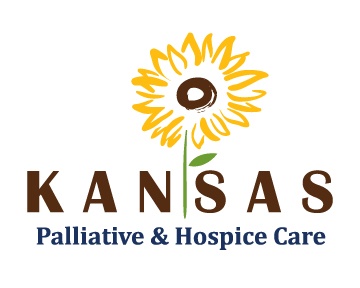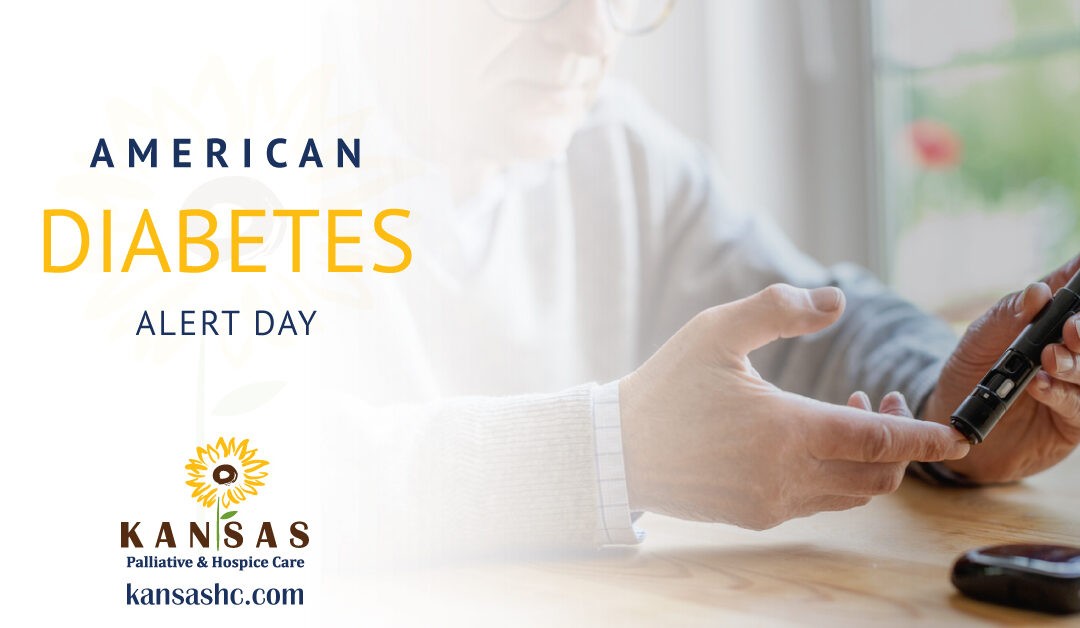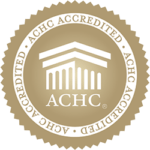March 22, 2022, is American Diabetes Alert Day, a one-day “wake-up call” focused on the severity of the disease and the importance of understanding — and mitigating —your risk. Keep reading to learn more about this awareness day and how you can get involved.
Understanding Your Risk
The sooner you know you’re at risk, the sooner you can start taking the appropriate steps to mitigate it by preventing or managing diabetes. Some of the biggest risk factors for developing type 2 diabetes include:
- A family history
- Being over the age of 45
- Being overweight
- A sedentary lifestyle
Here are some resources to help you assess your risk of type 2 diabetes:
- The Diabetes Risk Test online.
- The PDF Diabetes Risk Test.
- Learn more about the risk factors of type 2 diabetes.
Joining the Fight Against Diabetes
More than 37 million Americans are living with diabetes. Another 96 million have pre-diabetes. Today, diabetes is responsible for more deaths than breast cancer and AIDS combined. Diabetes has reached epidemic proportions and the time to take action is now.
American Diabetes Alert Day is the perfect day to start getting involved in raising awareness and funds for research in your community.
You can help take action by donating to support research, fundraising in your community, attending a diabetes walk or event, including The Tour de Cure the Step Out: Walk to Stop Diabetes.
You can participate in one of the American Diabetes Association’s events or start your own.
American Diabetes Alert Day is also the perfect occasion to start making some lifestyle changes to mitigate your risk, including:
- Exercising to manage your blood sugars.
- Protecting yourself through regular doctor’s check-ups, vaccinations, wearing supportive, well-fitted, closed-toe shoes if you are pre-diabetic or diabetic, and drinking enough water.
- Minding your mental health. If you notice you’re losing interest in things you used to love, or struggling to find the motivation to complete daily tasks, speak with your healthcare provider ASAP.
Hospice Can Help
If a patient’s diabetes progresses quickly, they may need consistent care. This is where hospice and palliative care come in to ensure the patient has what they need to improve their quality of life. Contact us today to learn more.


